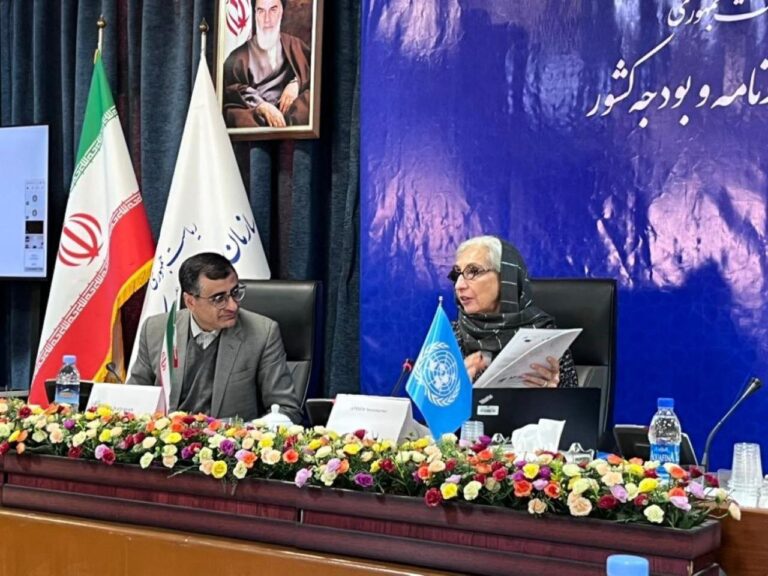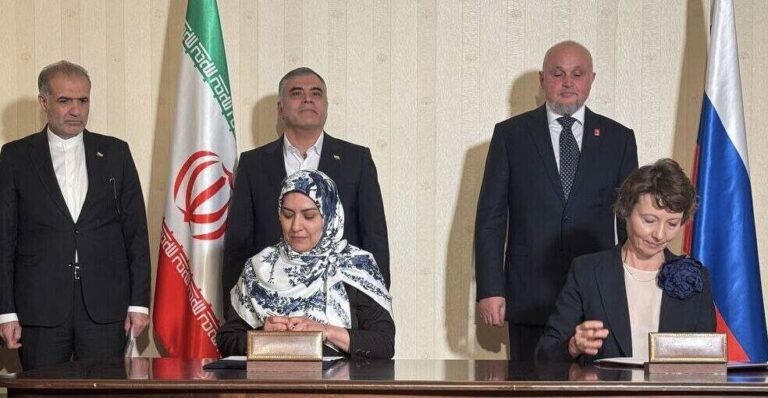
Similar Posts

Iran Takes the Helm: Elected as Next Chair of APDIM Governing Council
The Asian and Pacific Centre for the Development of Disaster Information Management (APDIM) held its Ninth Session of the Governing Council in Tehran on January 22, 2025, where Iran was elected as the new Chair, succeeding Tajikistan. Delegates from various member countries, including Bangladesh, India, and China, gathered to discuss advancements in disaster information management, capacity building, and regional cooperation. The session resulted in the adoption of APDIM’s program for 2025 and a review of its activities. The meeting reinforced APDIM’s commitment to enhancing disaster management and resilience-building in the Asia-Pacific region, aligning with Sustainable Development Goals.

Record-Breaking Generosity: 2 Million Iranians Donate Blood in Just 10 Months!
In the first ten months of the Iranian calendar year, nearly 2 million Iranians donated blood, reflecting a 2% increase compared to previous years, as reported by the Blood Transfusion Organization. Tehran contributed over 16% of total donations, with significant growth in Kohgiluyeh-Boyerahmad (24%), Sistan–Baluchestan (14%), and Alborz (9%). Overall, blood donations surged to 3,347,804 units. Women’s participation remains low at under 5%, though some provinces show higher rates. The growth in continuous donations reached 56%, with Semnan leading at 69%. WHO Representative Jaffar Hussain praised Iran’s blood management efforts, encouraging collaboration for equitable healthcare access.

Iran Rocked by 135 Earthquakes in Just One Week: A Seismic Surge!
Iran has experienced a surge in seismic activity, recording 134 earthquakes from May 10 to May 16, 2023, with magnitudes ranging from less than 3 to a notable 4 magnitude earthquake in Sistan-Baluchestan on May 15. Kerman province reported the most activity with 20 earthquakes, while some provinces showed no seismic events. Over the past year, Iran recorded 6,272 earthquakes, with 150 exceeding magnitude 4, highlighting the region’s seismic challenges. The Iranian government is enhancing preparedness through improved building codes and public awareness initiatives, underscoring the need for effective response strategies to mitigate earthquake risks.

Top Global Markets for Iranian Nanotech Products: Which Countries Are Leading the Charge?
Iran has emerged as a global leader in nanotechnology through significant investments in research and development, becoming a key producer and exporter of nanotechnology products across 13 categories, including civil engineering, pharmaceuticals, and electronics. Its geographical proximity to target markets, particularly in neighboring countries like Iraq and Afghanistan, enhances trade relations and reduces transportation costs. Major export sectors include construction, health products, and home appliances, with increasing demand for nano-based medicines. Iran ranks fourth worldwide in nanotechnology publications and exports approximately 89.6% of its products to Asia, solidifying its position in the global nanotechnology market.

Iran and Russia Forge Groundbreaking MOU on Cell and Gene Therapy Collaboration
Tehran University of Medical Sciences and the Russian Federation’s Hematological Research Center have signed a memorandum of understanding (MOU) to boost collaboration in cell and gene therapy research. The agreement, signed in Moscow, aims to enhance medical knowledge and foster science diplomacy between Iran and Russia. Key figures, including Iranian and Russian ministers, attended the ceremony during the 18th Iran-Russia Joint Economic Committee meeting. The partnership includes establishing a permanent joint committee, facilitating educational exchanges, and focusing on health sector improvements. This collaboration is expected to significantly advance healthcare and scientific research in both nations.
